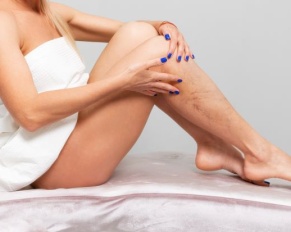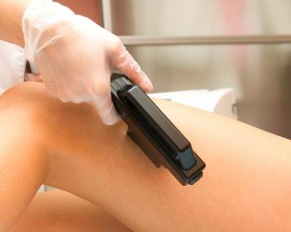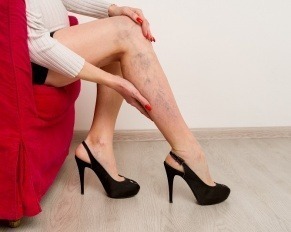What are varicose veins? Varicose veins appear as twisted, enlarged blue veins that lay right under the skin’s surface. Varicose…


What are varicose veins? Varicose veins appear as twisted, enlarged blue veins that lay right under the skin’s surface. Varicose…

Many people suffer for years with damaged veins, when the answer to their problem is as simple as a consultation with a vein care specialist. That consultation, along with a few tests could yield valuable information about your painful condition, and how to resolve it. Often a patient waits, thinking the pain or the symptoms will abate, but they do not. You should consider a consult with a vein care specialist when:

There are many types of vein conditions that people develop over the course of their lifetimes. Many people are genetically predisposed to develop venous issues and suffer with longstanding vein disease, where others breeze through life with just minor vein issues in later years. Anyone who has had vein disease for many years is at increased risk for developing Chronic Venous Insufficiency (often abbreviated as “CVI”). CVI is an umbrella term for the more advanced stages of venous disease. This would include swelling of the ankle and leg, or edema, stasis dermatitis and venous ulcer. Probably the most-common vein condition, and the one most people are familiar with, is the malady of varicose veins. A brief synopsis of each of these vein conditions is discussed below:
Spider veins are one of the most common conditions that affect people. While typically not dangerous, spider veins can be unsightly and cause embarrassment for those who have them. Some studies have shown that up to half of adult women in the United States and many men will develop them at some point. Luckily, there are many safe and effective treatment methods that can be used to eliminate them. However, like many conditions, the best strategy is to avoid developing them in the first place by understanding the risk factors and taking steps to prevent them. A vein center will be able to give specific advice for each individual situation if you notice spider veins developing or are worried that you might be at risk.
Natural treatments are more popular today than ever. With so many folks wanting to avoid being on medications that may end up causing side effects, millions of people are looking to natural alternatives to their medical conditions. But, if you’re someone who has spider veins, did you ever consider natural treatments for them? So many people don’t even consider natural therapies when looking for ways to reduce or even eliminate their spider veins. However, there are a number of natural treatment options for spider veins, and many of these are even used by medical doctors as a means of not only treating but also preventing spider veins. In fact, spider vein treatment often starts with some natural therapies.